This past weekend, the United Nations Development Program (UNDP) released its Africa Human Development Report 2016, titled “Accelerating Gender Equality and Women’s Empowerment in Africa,” which coincides fittingly with the African Union’s declaration of 2016 as the “African year of human rights with particular focus on the rights of women.”

Source: UNDP Africa Human Development Report 2016 (p. 54)
The 2016 report discusses the various dimensions of gender inequality and demonstrates that “as African women attain higher measures of economic and social well-being, benefits accrue to all of society.” Despite a growing recognition of the societal and economic benefits that gender equality creates, the report highlights the slow pace at which these inequalities are being addressed. A key statistic illustrated in the figure above shows this point: An estimated $104.75 billion in GDP was lost in 2014 due to the gender gap in sub-Saharan African labor markets. Low participation rates of women in the labor market inhibit a nation’s potential for economic growth by neglecting its most strategic asset: human capital. The report finds that “women and African economies will benefit immensely if women’s pay and their access to paid works were equal to those of men.”
Although the economic benefits of gender equality are a strong catalyst for change, the social dimensions of gender inequality are reason enough. The report finds that the region has made progress in health, safety, and education for women and girls, but there is still immense room for improvement. For instance, maternal mortality fell by 45 percent in sub-Saharan Africa from 1990 to 2015, yet more than 60 percent of the world’s maternal deaths still occur in the African continent. In east, west, and central Africa, approximately 50 percent of girls are married under the age of 18, which often leads to health risks and psychological costs, as well as lower educational attainment and economic opportunities, among other serious issues for these girls.
Gender inequality in Africa is composed of many different dimensions, each of which needs tailored, contextually sensitive policy recommendations. The report features “An Agenda for Action to Accelerate Gender Equality,” which is composed of policies and strategic pathways to accelerate equality as well as benchmarks for measuring the pace of change. For access to the full report—and the action agenda proposed in Chapter 8—please see Advancing Gender Equality and Women’s Empowerment in Africa.
Tor Syvrud contributed to this post.
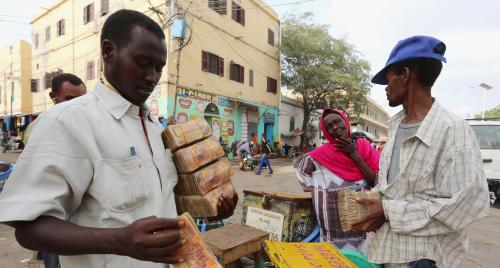
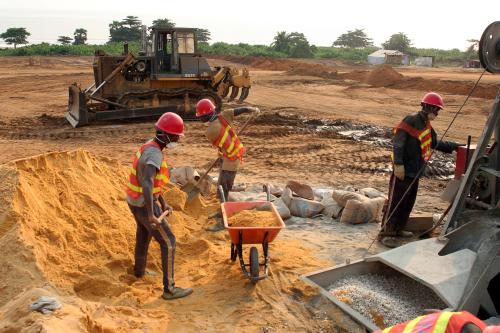
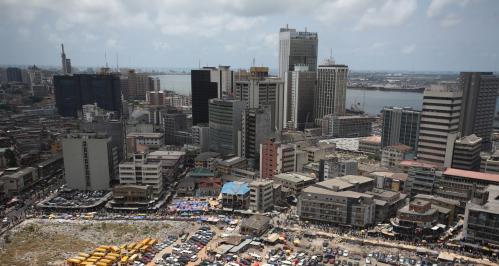

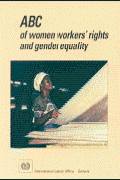
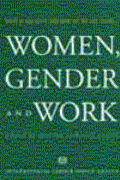




Commentary
Figure of the week: Africa’s economic potential hit hard by gender inequality
September 1, 2016